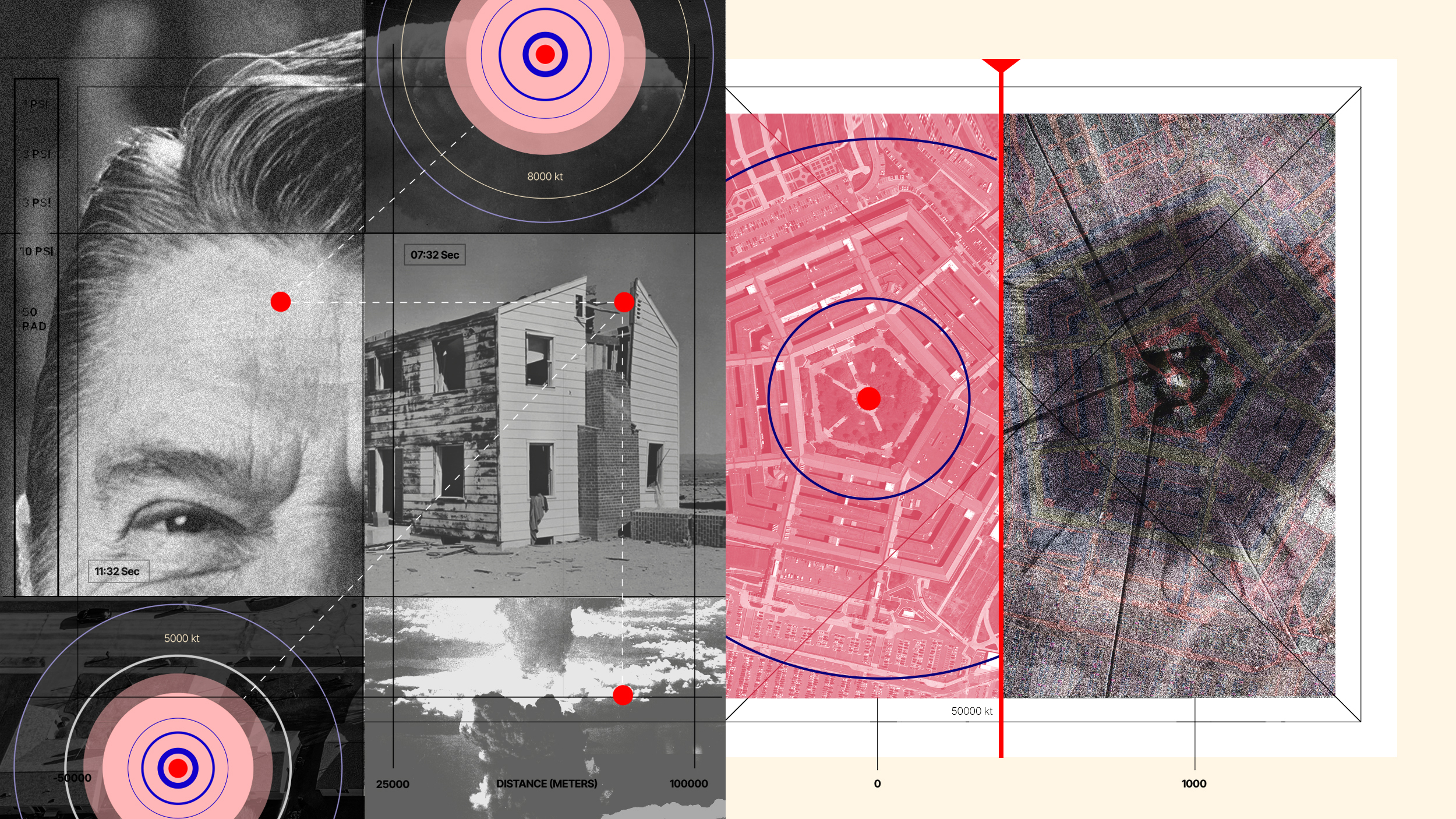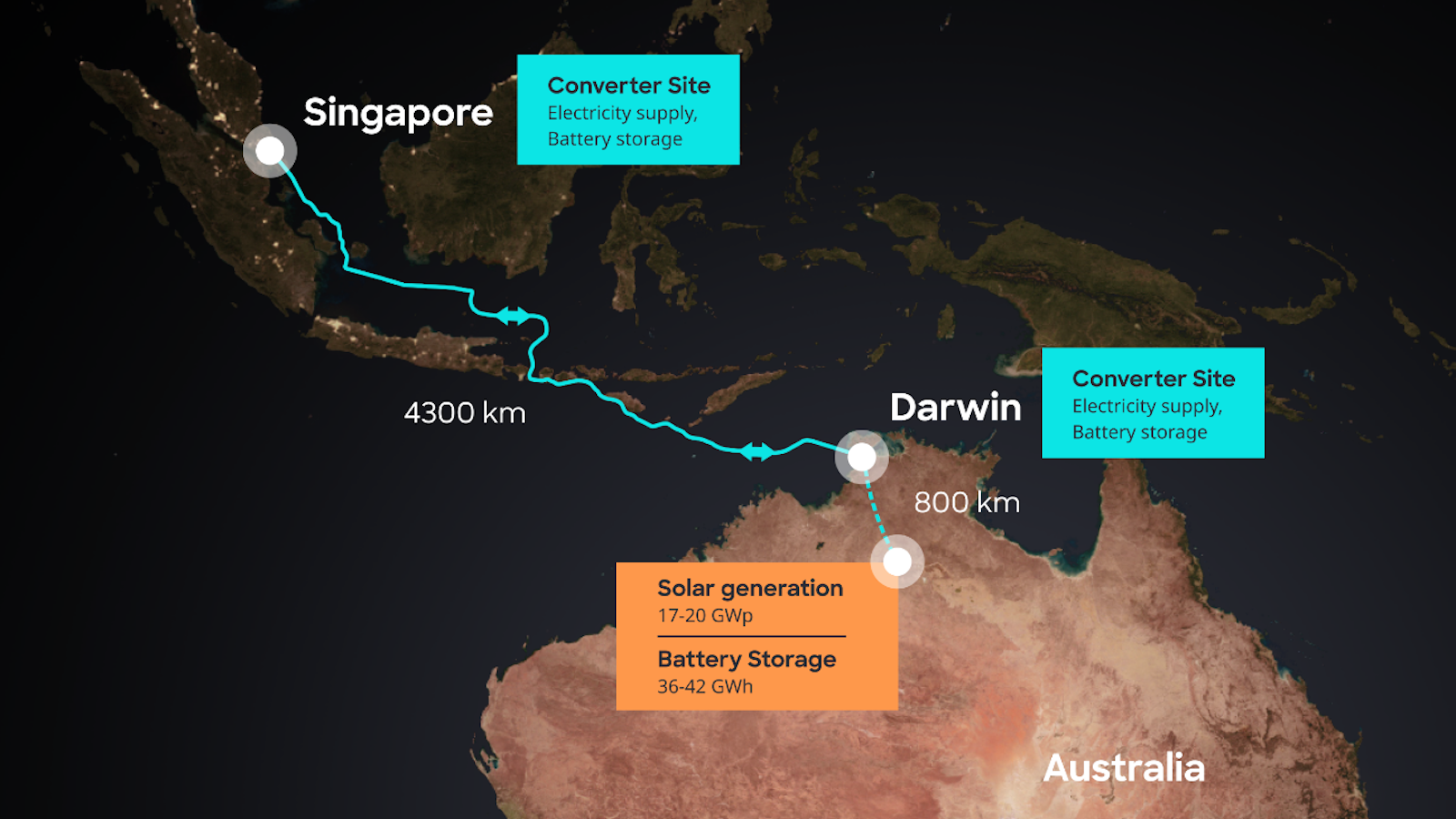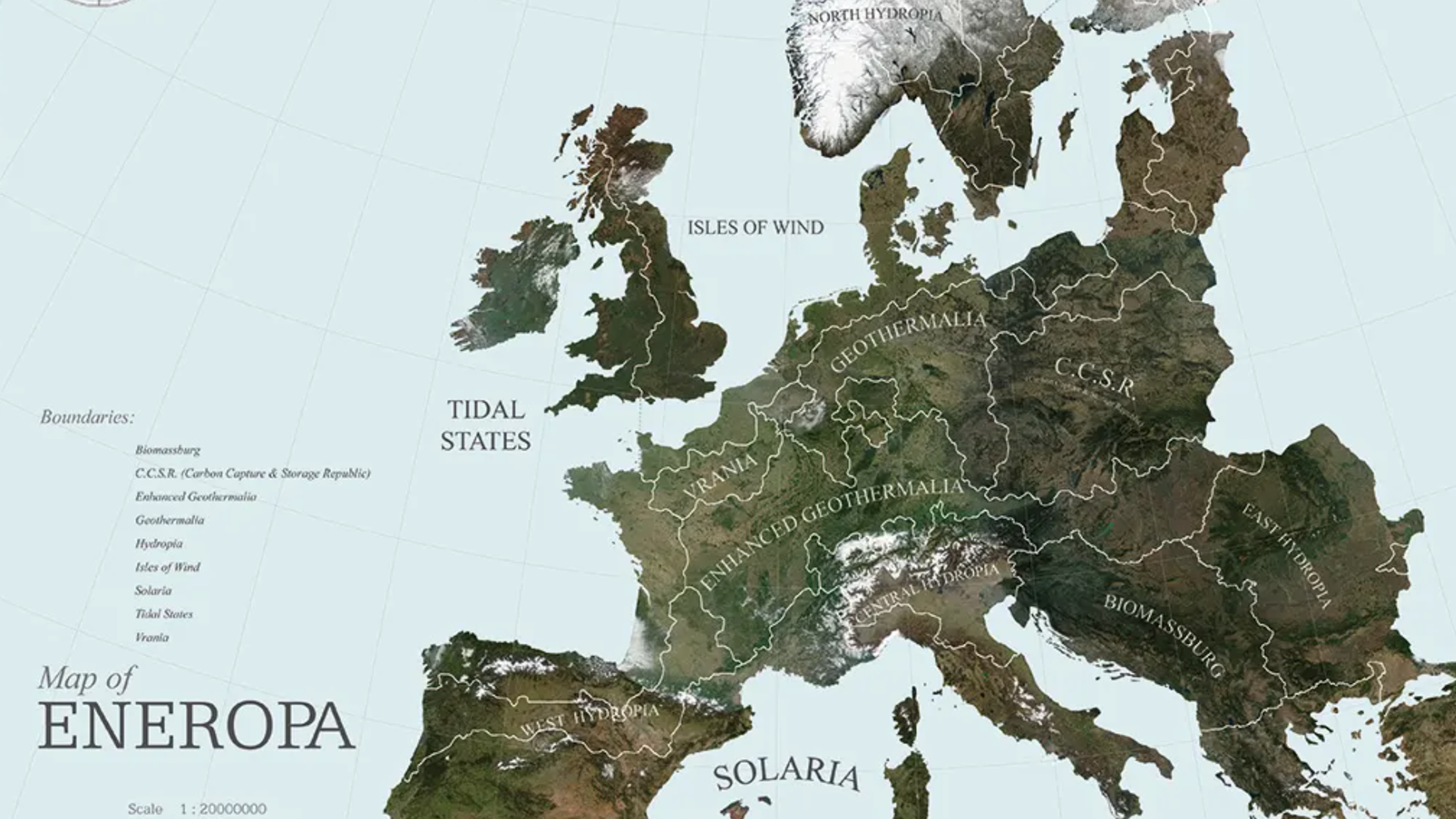The Delicate Dance Between Nuclear Energy and Nuclear Arms

Obama and Medvedev’s entente at the G-20 produced the most fruitful conversation in years on how to reduce the 24,000 nuclear weapons siloed in the US and Russia. Nuclear energy, however, is still on the table.
The details are still being fleshed out, but the joint statement from London signals definitive steps to get beyond the fricative Bush-Putin years.
But since every nuclear reactor is potentially an arms factory, one of the thorniest parts of any binding agreement will be the specifics on how to manage nuclear facilities for safe purposes moving forward.
Both countries envision nuclear power as a large part of their energy profiles in the coming years, and, anticipating potential conflicts between nonproliferation promises and energy needs, the two countries also agreed to implement Global Energy Security Principles proposed at the 2006 G-8 meeting in St. Petersburg.
When Parah Khanna of the New America Foundation spoke with Big Think last year he said:
“I don’t think we can uninvent nuclear weapons. I think we can get to a situation where…a number of powers had only a couple of hundred total each and that would be the limit. I think that that would be a very positive step. I don’t think it’s worth talking about grand proposals for abolition unless we can get to that point and have the political will internationally to get to that point.”
Further Viewing:
A recent Carnegie Endowment forum on the future of nuclear power




